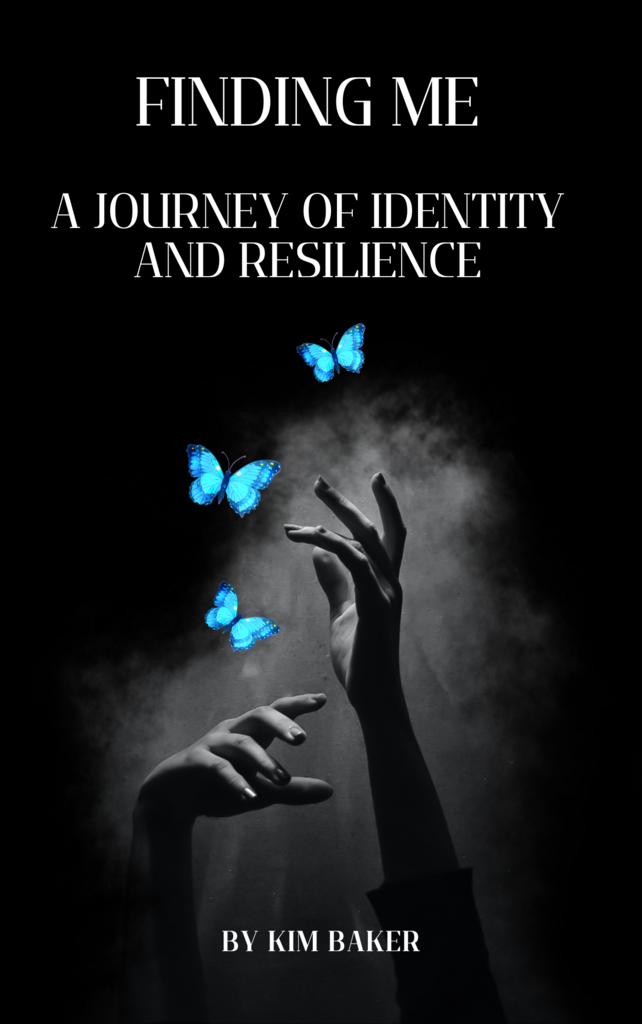A lesson learned in trusting others
Growing Wiser Through Pain Reflections on Betrayal, Resilience, and Emotional Maturity Trust is a precious gift—a fragile, glowing ember that we carry with us through life, hoping it will warm us, light our path, and bring us closer to others. We are taught as children that maturity brings wisdom, and with wisdom, the ability to discern friend from foe. Yet, even as years gather on our shoulders and experiences deepen our understanding, the art of trusting wisely is one we are forever learning.
Age does not make us immune to deception; sometimes, it only leaves us more vulnerable, hoping for sincerity in a world that does not always deliver it. As I journeyed through life, I believed that the cruelty of bullying and the sting of backstabbing would fade into the past, relics of a high school era best left behind. I thought that adulthood would bring with it circles of genuine friendship, honesty, and mutual respect. However, life has a way of humbling even the most hopeful among us.
Recently, I placed my trust in someone whom I believed to be a true friend—someone who seemed to understand the tapestry of hardships that made me who I am. I confided in them, entrusting delicate secrets and wounds to their keeping. But hearts and intentions are not always as they seem. In a devastating twist, this person took what I had shared in confidence and wielded it against me, using my vulnerability as a tool to undermine me and usurp my position. The betrayal stung not only for the loss of trust, but for the realization that emotional treachery does not obey the boundaries of age. I am no longer a high school girl, and yet the games people play persist, cloaked now in the subtleties and complexities of adult life.
This experience has forced me to reckon with my own growth. Doing differently, for me, has meant learning to mature emotionally, to strengthen my core while remaining open enough to love and trust. It is a difficult balance. My past is marked by hardship—trials and tribulations that have tested my faith and resolve. This person, knowing my history and my vulnerability, chose to exploit it. She did not merely betray my trust; she consumed my fears, amplifying them, and then discarded me when I was most exposed.
Looking back, I realize that intuition is often our truest protector. Friends warned me. My own instincts sounded quiet alarms. But the desire for connection, for believing in the goodness of others, can drown out that inner voice. Now, with the blessing of hindsight, I see the importance of listening to both our trusted circle and to the wisdom that whispers from within. It is easy to become hardened, to allow betrayal to build walls so thick that no one can penetrate them. But I refuse to let bitterness take root. Instead, I choose to let this pain refine me. I am reminded that not everyone who smiles in your presence is a friend; some wear sweetness as a mask for their own ambitions.
The lesson is clear: be careful whom you trust. Recognize that even with age and experience, the potential for deception lingers. Guard your heart, but do not close it. And, above all, I hold onto hope. I know that when one door closes, another will open. Life's disappointments are not the end of the story, and faith in God remains my steady hand to guide me through darkness. God is watching over me, and though I have been wounded, I am not defeated. I will rise from this, wiser and more resilient, carrying forward the lessons etched by pain into the heart of my experience. May this be a reminder to all: Trust thoughtfully. Listen to your instincts. And when you are betrayed, let it be the catalyst for deeper wisdom, greater compassion for yourself, and renewed courage to keep moving forward.

